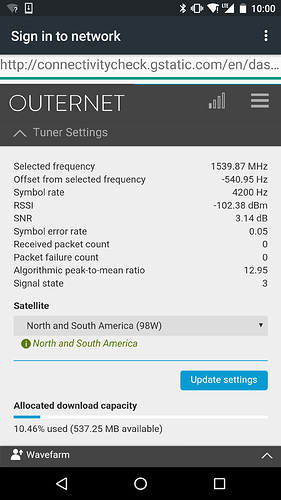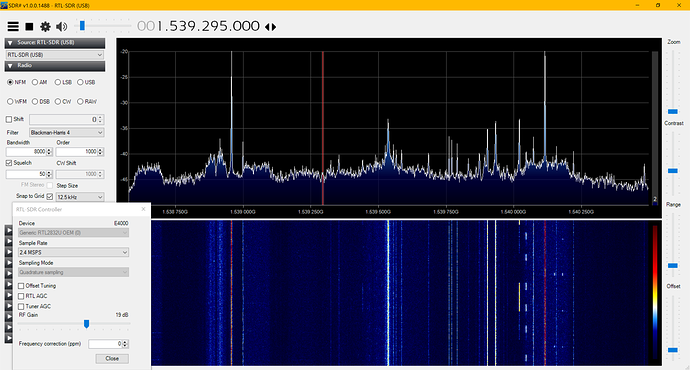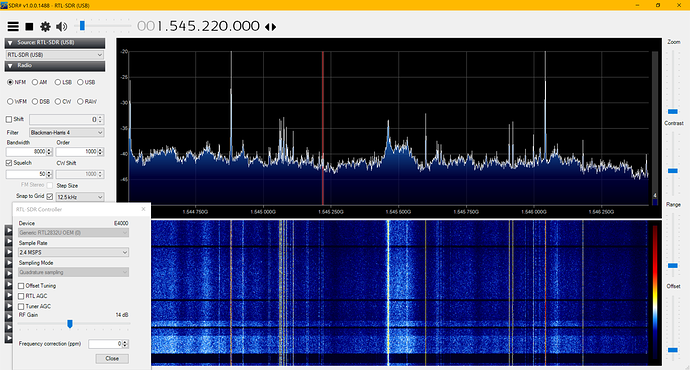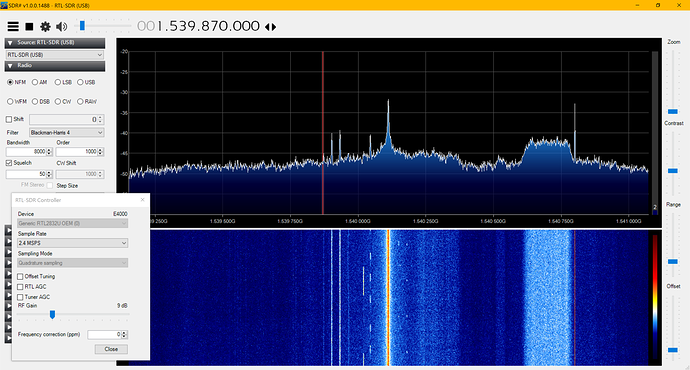I’ve been trying to connect to outernet intermittently over the last few weeks and have yet to actually connect–would love some advice. Here’s the situation:
I have the DIY outernet kit with CHIP. I recently updated chip through the librarian interface with rxos-chip-v3.0-201610020235+7c6e11b-full.pkg , now shows running librarian 3.0.
[question, as first time doing this: should I have also uploaded the other files available in that release, namely rxos-chip-flash-v3.0-201610020235+7c6e11b.zip and rxos-chip-flash-v3.0-201610020235+7c6e11b.md5 ? ]
[comment: when I was doing this upgrade I noticed that in librarian the availability of features in the settings area differed between browsers. On firefox the find-file and upload section was blank in the update firmware section, while in chrome it showed and worked fine. I was on a computer running windows 10.]
Here is what I find typically on my phone connected to librarian.outernet
I am in NYC. These tests were done in a park western queens along the east river, with an unobstructed sky view. I am reasonably sure I’m pointing the outernet L-band antenna roughly in the correct direction, I’ve checked satellite tracking aps and online direction-pointing satellite maps for my location.
I have tried this a couple of different times: overcast, clear skies and while the readings change a little bit every few moments, I have not seen an SNR above 2. (And the readings seem the same from inside my apartment.) I also tried putting the antenna in a metal box (an oldschool old school lunch box) as suggested in a post in this forum, no change.
Today, although it is overcast so not awesome for a test, I took my computer to the park to see if I could see the outernet signal using the outernet SDR, amplifier and antenna using SDR#
Is that the outernet signal there at the center?
Is there something I’m not doing correctly, or something else I can do?
Could it be the case that the system is working fine, but that there is lots of interference in nyc overwhelming the signal?
If it is that NYC-radio-noise the culprit then actually that’s probably ok since the goal here is to get this set up to install in upstate NY (upgrading the art installation which uses lighthouse, shared in an earlier post).
But maybe it is something else? Thanks in advance for any advice–!

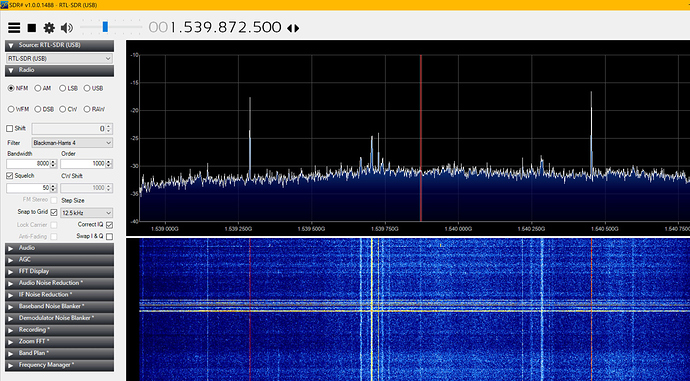
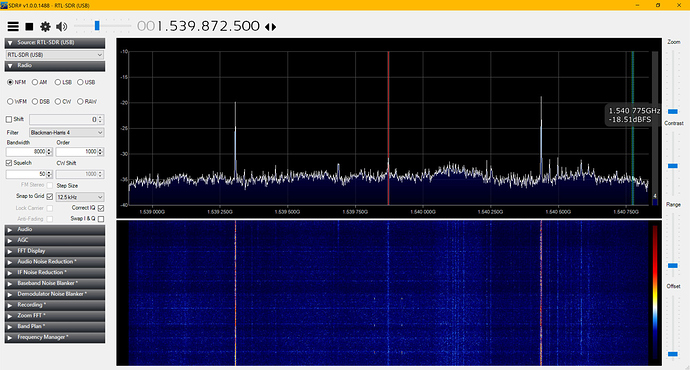
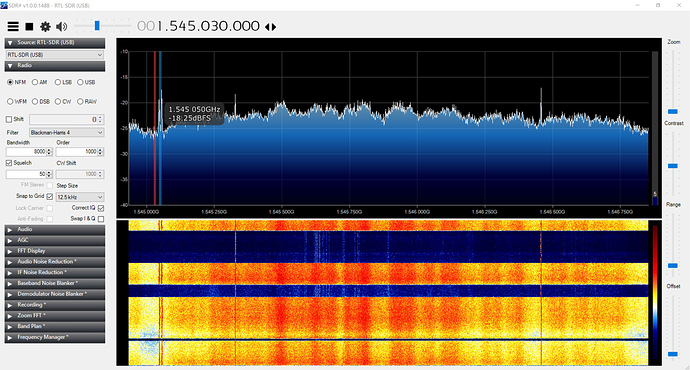
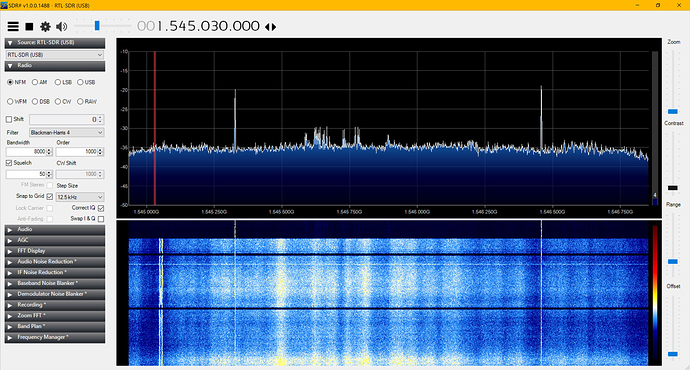
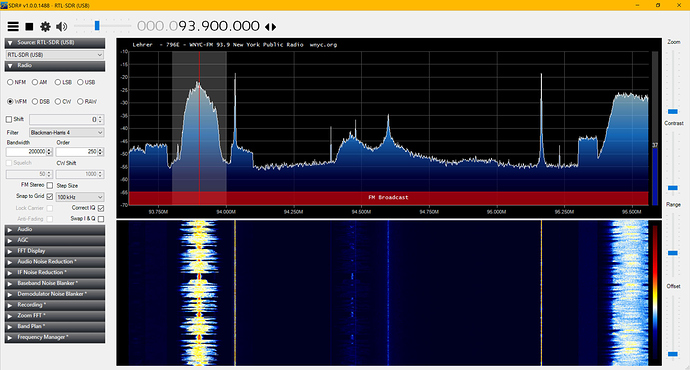
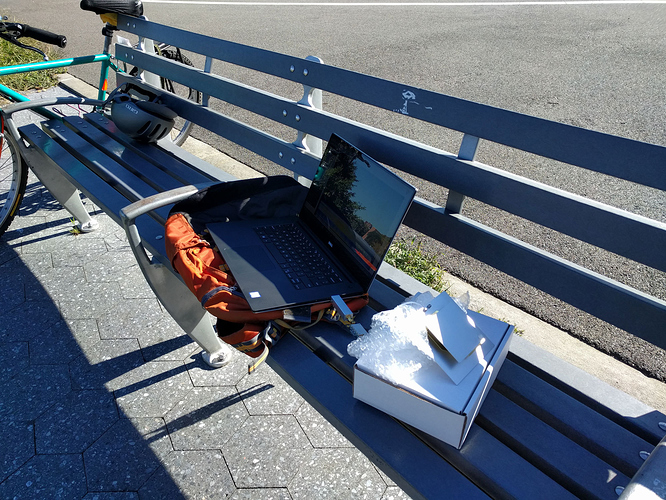
 was quite exciting.
was quite exciting.
